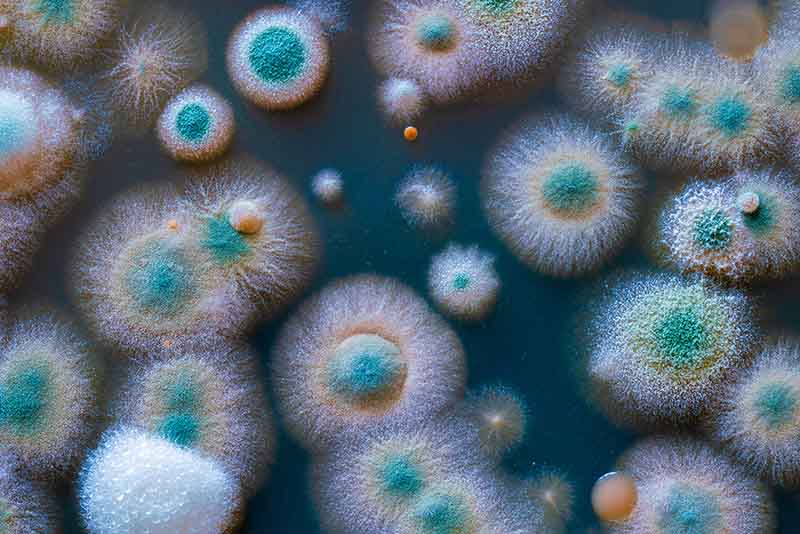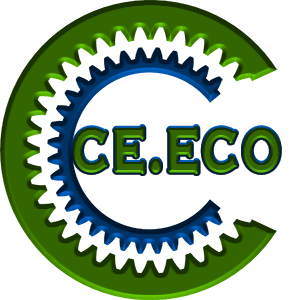This plant has been specifically designed for the treatment of dangerous fluids and solids, including medical and / or hospital waste; it has been designed to offer maximum production capacity and guarantee the maximum safety level for operators thanks to the highest level of automation.
In our opinion only by using gasification and plasma there is the mathematical certainty of eliminating any risk of pathogens or virus escaping and, therefore, we will be able to offer a way for a total discharge of any responsibility for the operators involved. Through the Chemical Empowering system, the waste waters are introduced AS IS and stirred continuously before being directly sprayed into the gasification chamber while the solid waste is pulverized before following the same fate as the waste waters. All the air present in the vacuum environment is introduced into the gasification chamber without any risk of leaks. The complete air replacement takes place every few minutes. The liquids eventually present in the solid fraction are collected and conveyed to an accumulation tank where they are added to the waste waters.
From the plasma, on the other hand, will come out only lava, that can be molded into objects of common use, and syngas with a very high level of purity.
Our system is not cold, is not an incinerator, applies plasma technology for inertization and is ZERO emitting. The syngas released by the organic component cover the energy needs* of the system and allow an interesting surplus to be introduced into the grid (* after analysis of the matrices). The production of electricity takes place through our ORC system From Heat to Energy.











